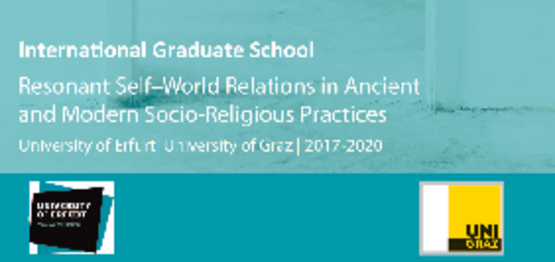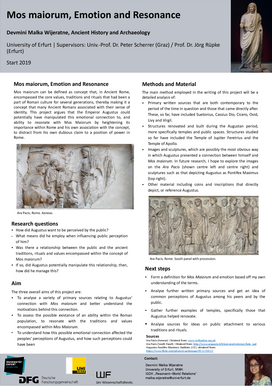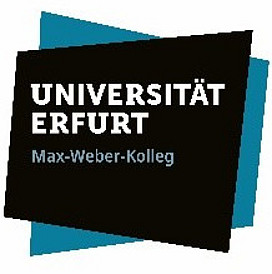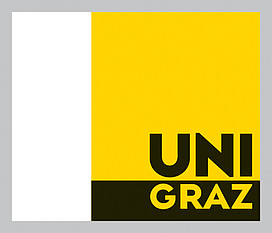Malka Wijeratne
Mos Maiorum, Resonance and Emotion
According to Rosa’s theory of Resonance for an individual to resonate with anything, there needs to be something within it that is familiar that would prompt a two-way connection in which the individual will be affected by what they are seeing or hearing and the individual themselves will feel emotion towards it. The existence of this two-way connection can be seen in the practice of long-standing traditions and religious practices. This thesis proposes that this two-way connection between tradition and individual was what possibly helped Ancient Romans grasp the concepts, morals and values of Mos Maiorum presented to them in sculpture and literature throughout the reign of Augustus. In other words, it was a successful manipulation of emotion and the sense of identity the Roman public associated with their various traditions, that helped the sculptures and literature convey the desired message. Without some familiar aspects of Roman life and tradition being included in the material, if only a vague, new and alien vision of Rome was presented, the material would have simply been one amongst many that the Roman population would not have had the time, or levels of literacy, to interpret. The political messages and connections to Mos Maiorum presented in art and literature throughout the Augustan period have been well-documented and debated. These include the works of Zanker (1987, 2007) and Wallace-Hadrill (1993, 2008). However, less is understood on how and why a contemporary audience, was able to understand the message that was presented and would have felt encouraged to continue traditions by simply seeing or hearing of the vague concepts that were being presented to them. The current literature surrounding this aspect of the topic is mostly that of Jörg Rüpke, whose main focuses include the importance of agency in shaping religion and how the Romans would employ these agents as a connection to their many gods (Rüpke, 2018). Likewise, there is also an existing discourse on the topic of religious identity, more specifically on collective religious identity and how individuals interact with the more social aspects of religion, this aspect of Rüpke’s work suggests that the values and their interpretations would have altered over time as a result of such (Rüpke, 2010; Rüpke, 2015). This thesis will build on such arguments by hypothesizing that there was a dependence on the public’s ability to resonate with the sculpture and literature produced during this period, to ensure that the interpretations of the values were steered in the direction that Augustus desired. Some aspects of Mos Maiorum – such as Relgio and Cultus and Pietas – have traditional practices tied to them that the majority of Romans would have practiced over their lifetimes and each generation would have been taught the various intricacies of such traditions. Since these practices were common within the Roman population, it is probable that interpretations of their importance were similar. Therefore, any sculptures or literature pertaining to these aspects of Mos Maiorum would have more successfully manipulated the audiences’ ability to resonate with the content. The other aspects, however, were not tied to religious or family tradition, meaning individual interpretation could vary and change constantly within a larger social group. The thesis will argue that in these instances, resonance would not have been a key factor in ensuring that the content was interpreted in the way that was desired, instead, other means would have been used such as a well-known character or objects known to represent such values, or an effective use of space.
Internationale Graduiertenschule





